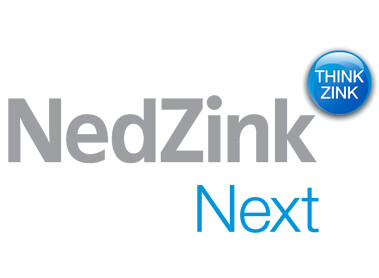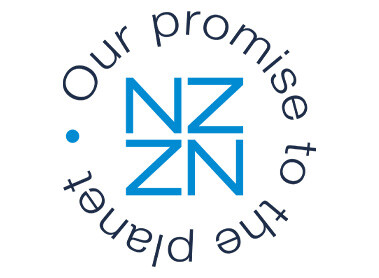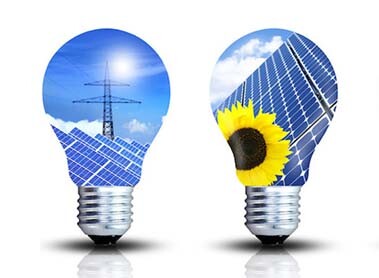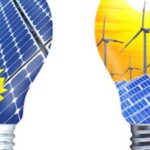Zinc: a sustainable choice
There are few building materials whose overall environmental impact is as positive as zinc. Not only does zinc last a very long time, but (pre-weathered) zinc can, in contrast to coated aluminium, simply be remelted at the end of its lifetime and used as a raw material for a new product. This gives zinc an excellent environmental profile.
Zinc is a through-and-through material (100% zinc), which means operations such as drilling, screwing and cutting have no effect on the material. Bright-rolled and pre-weathered zinc is not coated; therefore, scratches and minor damage do not rust, while any damage to the outer layer actually repairs itself through contact with the outside air. The zinc builds up a natural patina layer. Coated or enamelled aluminium can, after these treatments, corrode if damage leaves raw aluminium exposed to moisture.
The Building Decree obliges building permit applicants to provide a calculation of the sustainability of the building. The calculation includes all parts of the building, including the materials used. Data from the Dutch National Environmental Database is used for this calculation. And on this database, zinc scores much more favourably than aluminium, PVC and polyester when it comes to the shadow price in € per year of lifespan. Take a gutter as an example: the calculation results in a cost of € 1.188 per year of lifespan compared to PVC at € 6.03, aluminium at € 19.00 and polyester at € 25.68 per year.
Zinc is a powerful element that occurs naturally in the environment in such places as rocks, soil and water. It therefore fits perfectly into a sustainable society. In addition, zinc also plays a very important role in the biological processes of humans, animals and plants. There are few building materials whose overall environmental impact is as positive as zinc. Reliable, long lifespan (up to 150 years) and recyclable are the three important properties of zinc. In addition, zinc is maintenance-free, which means no additional investments are required in the long term. Zinc therefore makes a considerable contribution to ensuring our entire living environment is more sustainable.
As a Dutch zinc manufacturer, NedZink produces rolled titanium zinc in a wide product range. The basis for these products is electrolytically pure zinc with a purity of at least 99.995% (Z1 in accordance with NEN EN 1179). NedZink has an EPD (Environmental Product Declaration) for NedZink NATUREL, NedZink NEO, NedZink NOVA, NedZink NOIR and the blue-green-red variants of NedZink NUANCE. These EPDs, which also have the ECO Platform label, provide information about the environmental data of the product based on the life cycle assessment or ecological footprint. By comparing the various EPDs, an (environmentally) conscious product choice can easily be made.






